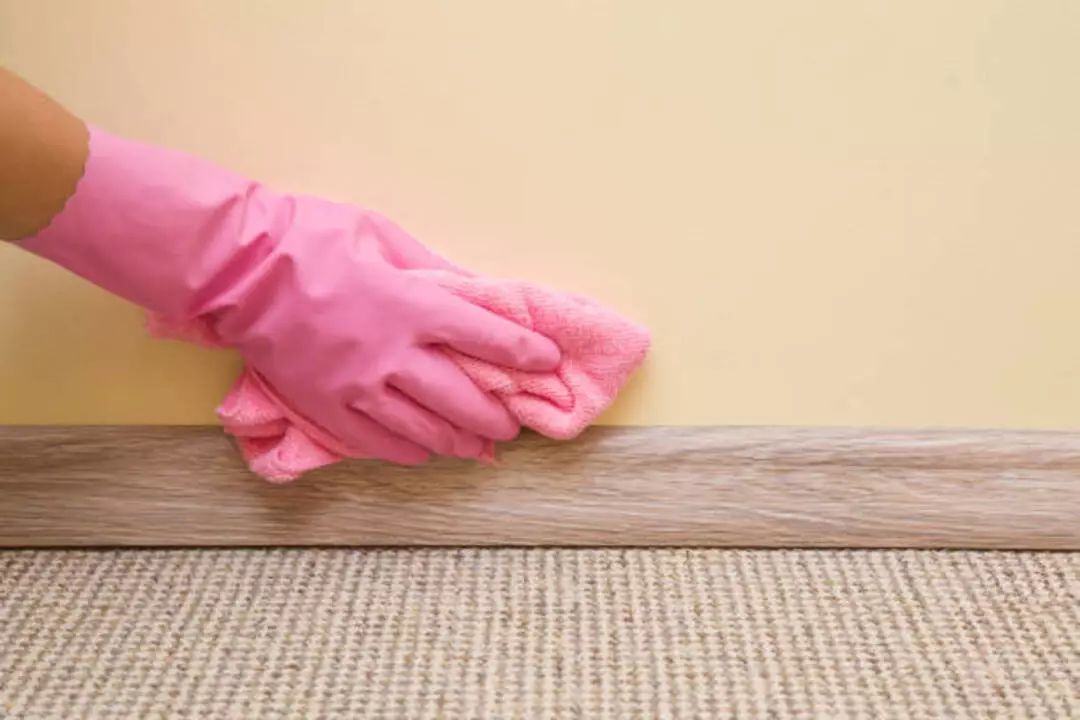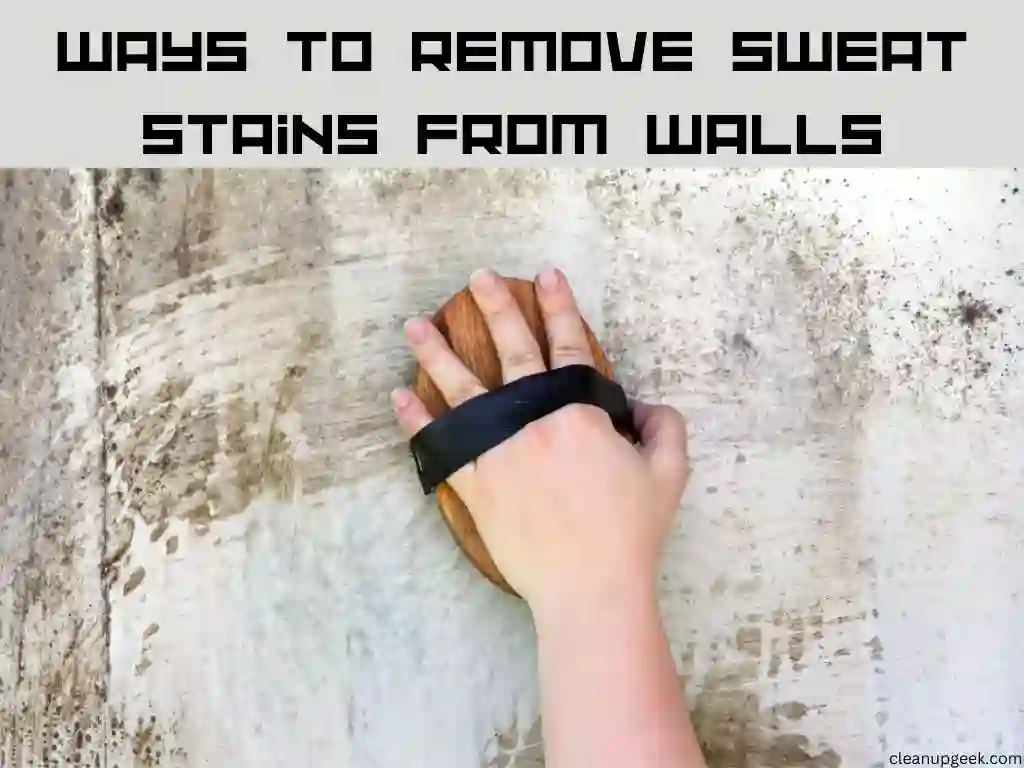Oil stains on walls can be difficult to remove, even if you have a good cleaner. The key is to remove as much of the oil as possible before applying any treatment.
There are many types of cleaners that work well for different types of surface finishes and materials, but they all have some common elements: They must be applied with a light scrubbing motion and allowed to sit for an appropriate amount of time before being wiped off.
If there’s still a stain remaining after cleaning, it may require more aggressive methods such as chemical stripping or acid washing.
How to remove oil stains from painted walls?

Absorb the Oil
The first step when dealing with an oil stain on a wall is to absorb as much of the oil as possible by placing several layers of paper towels or clean cloth rags over the affected area and pressing down.
After some time, remove these materials and throw them away. Unfortunately, this is only a temporary solution and the oil will be back.
Apply a Cleaner to the Wall Stain
The next step for treating an oil stain on a wall is to apply a cleaning product over the affected area and let it sit for several minutes before wiping it off with a clean cloth or sponge.
Use your hand or a light scrubbing motion to rub the area thoroughly, working from the outside edges of the stain toward the center to avoid damaging any paint that may be underneath.
Treat an Oil Stain with Dry Ice
Try using dry ice to remove extremely stubborn stains on painted walls. This process is less harsh than chemical stripping or acid washing, but it should still be done by an experienced professional.
To remove the stain, place dry ice over the oil stain and let it sit for about 2 minutes before wiping up any remaining residue with a cloth.
Clean Stains with a Chemical Stripper
Chemical strippers can remove oil stains from painted walls just as effectively as dry ice, but the process is much more hazardous.
The safest approach is to have a professional use a hand-pump sprayer to apply the chemical stripper over the oil stain and allow it to sit for some minutes before scrubbing with a brush or using a pressure washer.
Chemical stripping should only be used as a last resort by a professional who has experience working with chemical strippers. These products are hard on paint and must be used carefully to avoid damaging the wall.
Factors to Consider when Cleaning Oil Stains from Painted Walls
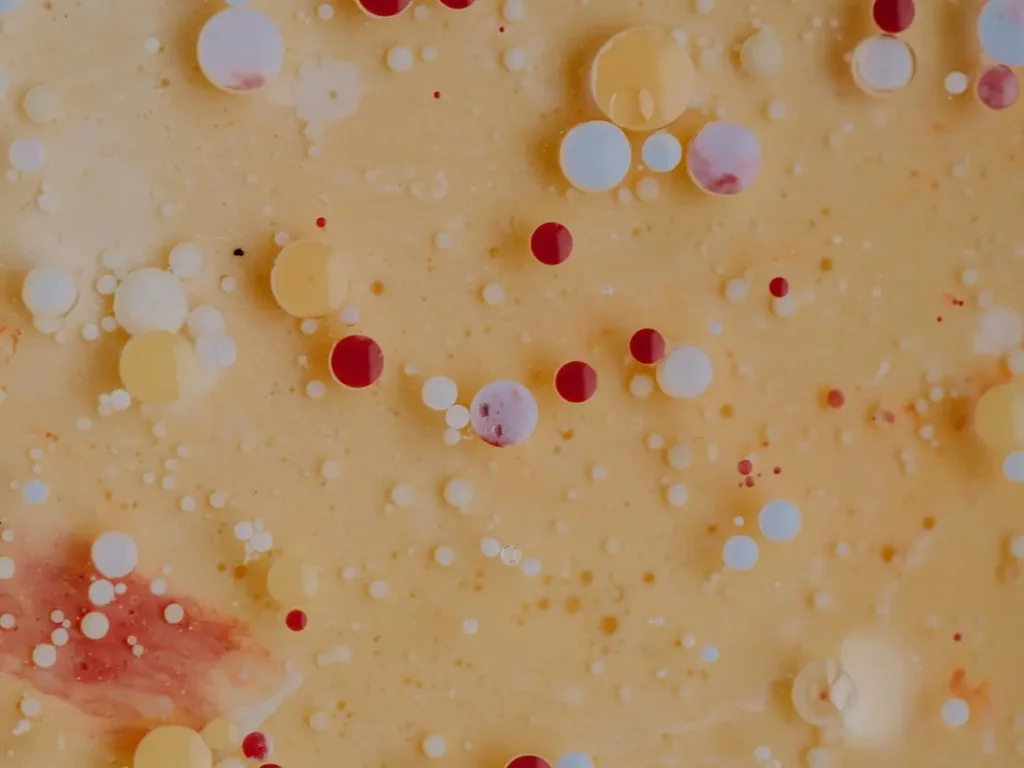
Many factors should be considered when cleaning oil stains from painted walls. These factors include what kind of paint was used to paint the wall, how long it has been since the stain occurred, and what caused the oil to stick to the wall in the first place.
By knowing these factors, a cleaner can choose an appropriate method for removing the oil and be able to provide an effective solution that won’t damage the wall or repaint it.
What kind of paint was used to paint the wall?
By knowing what kind of paint was used, a cleaner can determine if they may need to apply a special cleaning product before proceeding with any other methods.
Oil stains on walls painted with oil-based paint are more easily removed than those painted with latex paint because oil stains can be treated by solvents while latex paints do not respond well to them.
Latex paint is easier to clean, but it requires the use of specific agents or there is a risk of damaging the wall or repainting it.
How long has it been since the stain occurred?
When cleaning oil stains from painted walls, another important factor to consider is how long the stain has occurred. If the stain has been there for a while, it can be harder to remove as time passes because oil hardens with time.
Removing an oil stain from a painted wall is easier when it has been freshly spilled because the oil will be softer and easier to remove. This gives cleaners less of a chance of causing any damage or requiring repainting.
What caused the oil to stick to the wall in the first place?
After knowing what paint was used and how long it has been since the oil stain occurred, cleaners need to understand what caused the oil to stick to the wall in the first place.
There are different types of oils and they have different tendencies when spilled on walls, so it is important to be knowledgeable about this factor before trying any method of removing it. Some oils will run right off a wall, while others tend to stick like glue.
Cleaners must take all of these factors into consideration before attempting any method to remove the oil, or else there is a risk of damaging the wall or repainting it.
Ways of Removing Oil Stains from Painted Walls
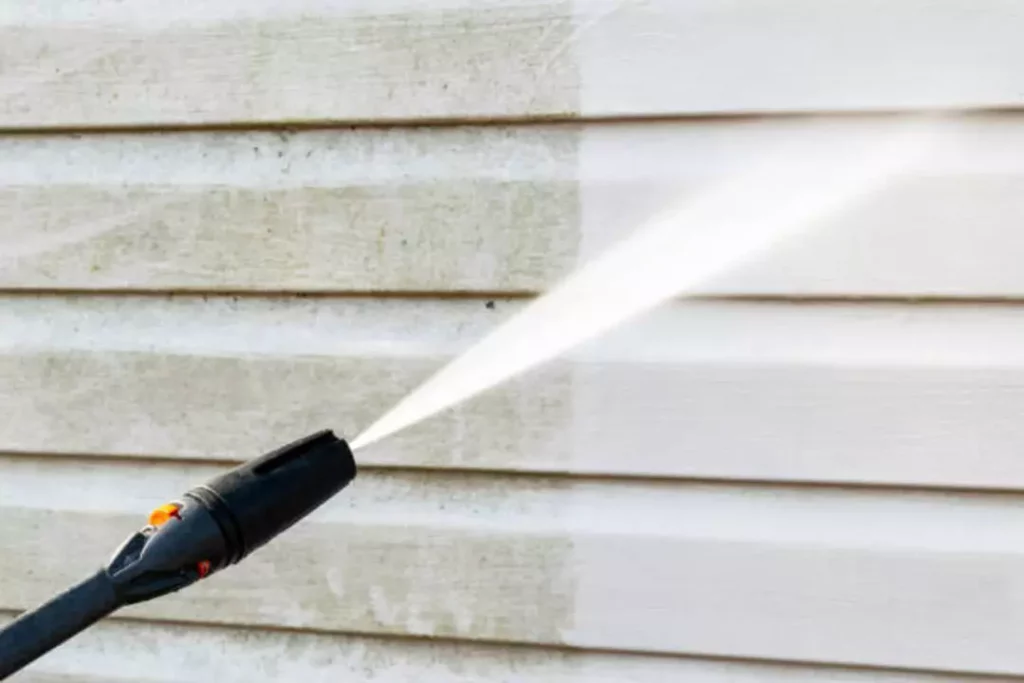
Several methods can be considered for removing oil stains from painted walls. These include the use of non-flammable solvents, solvent cleaners, and absorbent materials like paper towels or cloth rags. Blotting up the spill is the first step in removing any kind of stain.
It also prevents the spread of stains. Removing the oil stains from painted walls using non-flammable solvents involves cleaning the melted or melted oil on the wall with a mixture of dishwashing liquid and water. This method should be used by those who have allergies to petroleum products.
Petroleum solvent cleaners, on the other hand, are effective in removing paint discoloration. The only drawback of using solvent cleaners is that they may make the wall surface more porous, which can lead to staining over time.
1. Using non-flammable solvents.
- Pour water into a dishwashing liquid bottle and shake it to mix the two ingredients thoroughly.
- Dip a cloth rag or paper towel into the mixture of dishwashing liquid and water that was shaken up in step one. Wring out any excess solution onto a dry section of paper towel or rag before rubbing it onto the stain.
- Wait for about 10 minutes to allow the dishwashing liquid and water mixture to break down the oil stain before blotting it up with paper towels or rags. Do not rub, since this can spread or smear the stain further. Repeat steps 1-3 if necessary until all the oil stains are removed from the wall surface.
2. Using petroleum solvents
- Apply the petroleum solvent cleaner gently to the stain.
- Allow it to stay for about 10 minutes before blotting it up with paper towels or rags. Continue applying and blotting up with paper towels or rags until all of the oil stains are removed.
- Rinse the wall surface with clean water to remove any traces of petroleum solvent cleaner before drying it with clean clothes or rags.
3. Using absorbent materials
- Blot up as much oil as possible by pressing a dry section of a paper towel or rag over the oil stain.
- Repeat step 1 until all signs of the oil stain are removed from the wall surface.
- Rinse the wall with clean water to remove any traces of absorbent materials before drying it with clean clothes or rags.
Steps to clean up equipment and tools used for the oil stain removal process
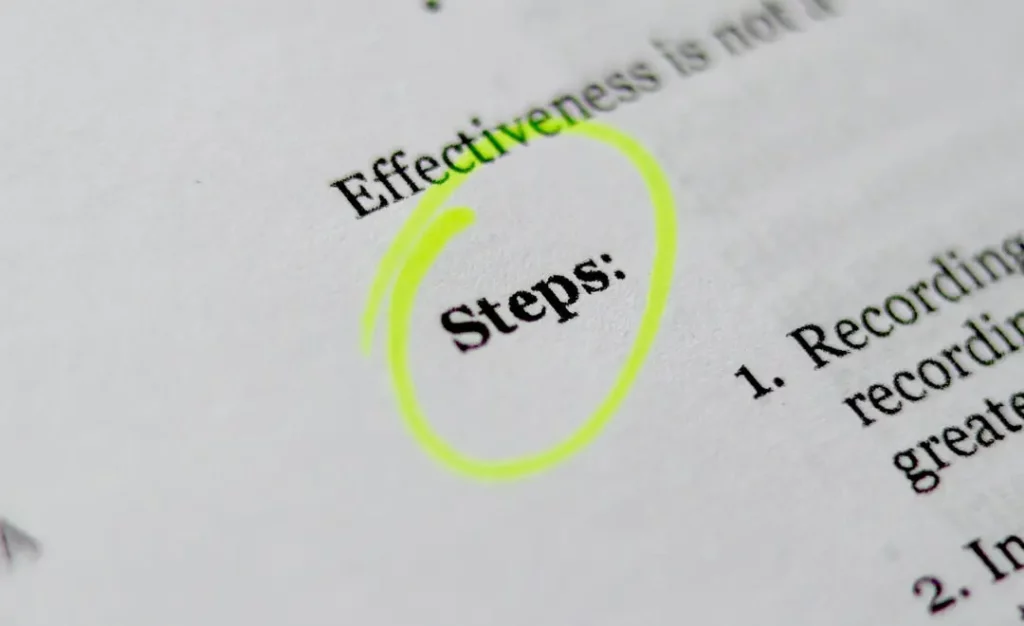
- Wipe off excess solvent cleaner from the spilled area using a dry section of a paper towel or rag before discarding it in a water-proof trashcan.
- Use clean paper towels or rags for each application of petroleum solvent cleaners applied to the stained wall surface before discarding them in a water-proof trash can.
- Apply clean paper towels or rags for each application of dishwashing liquid and water mixture applied to the stained wall surface before discarding them in a water-proof trash can.
- Rinse the exterior surface of the water-proof trash can used during the process with clean water to remove any traces of oil stains or absorbent materials before drying it with clean clothes or rags.
Check out our blog for similar articles.
Final Thoughts
Oil stains on the surface of painted walls are not only unsightly but can also be difficult to remove. Fortunately, there are a variety of ways that you can get rid of oil stains from your wall and make it look new again!
The steps we’ve outlined in this blog post should help you take care of those pesky oil stains quickly and efficiently. Good Luck!
